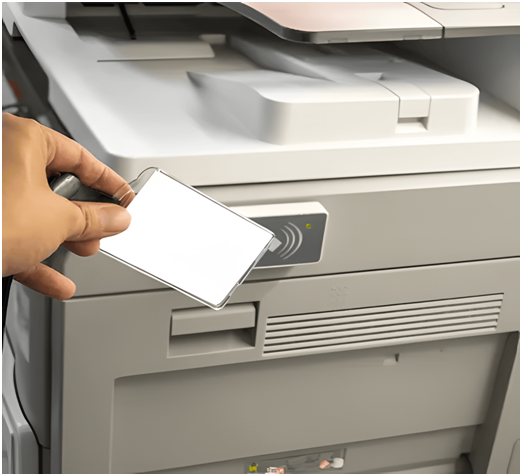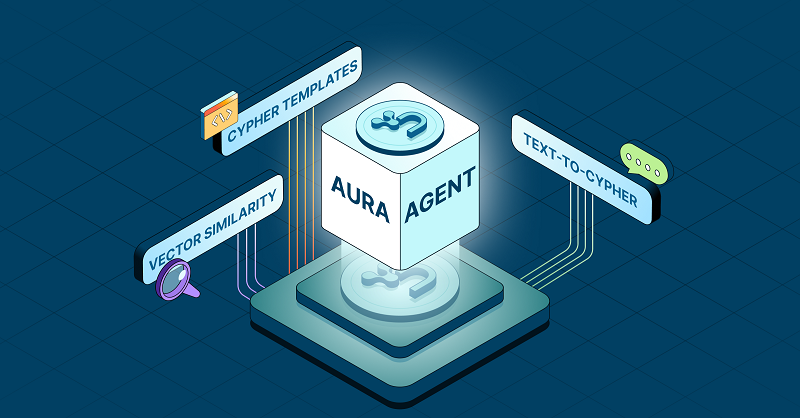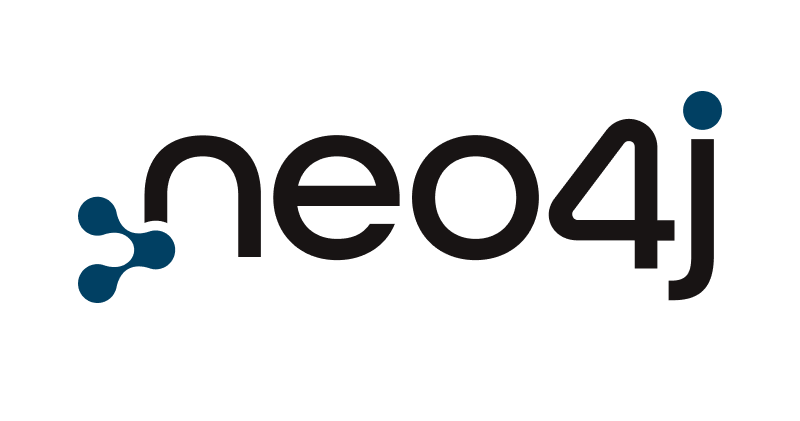Contactless entry systems are no longer a luxury; they’re fast becoming an essential part of modern facility management. From busy office towers to high-traffic hospitals, touch-free access offers a smarter, safer way to control who comes and goes. For facility teams, it’s not just about keeping people out it’s about making every entry secure, efficient, and user-friendly. In this guide, we’ll explore why adoption is rising, the technologies leading the change, and how to integrate them smoothly. You’ll walk away with practical insights to help your team modernize access while keeping operations running at their best.
Why Contactless Entry Is Becoming the New Standard
The move to contactless access isn’t a passing trend; it’s a direct response to today’s health, safety, and security priorities. Post-pandemic, employees, tenants, and visitors expect a touch-free experience that feels both safe and seamless. At the same time, security threats are evolving, and traditional keys or swipe cards can’t keep up. Add in the shift toward smart buildings and integrated workplace technology, and the case becomes clear: contactless systems are a natural fit. By understanding these drivers, facility teams can see why adoption is accelerating and how it aligns with the future of access control.
Key Technologies Driving Contactless Access Management
Today’s contactless solutions come in many forms, each designed to fit different needs. Mobile credentials turn smartphones into secure keys, while HID proximity cards and NFC-enabled fobs offer quick, reliable entry. QR code scanning and Bluetooth technology make visitor access simple and temporary. Behind the scenes, cloud-based platforms let teams manage doors, permissions, and logs remotely. The key is finding the right mix for your facility—balancing convenience, scalability, and security. With so many options, understanding the technology landscape is the first step toward making confident, future-proof choices.
Operational Benefits for Facility Teams
For facility teams, contactless entry goes far beyond convenience. Reducing touchpoints helps improve hygiene and builds occupant confidence. Managing visitors and contractors becomes smoother with pre-registration and mobile passes. Real-time monitoring means security staff can spot and respond to issues instantly. Even small wins like fewer lost keys or badge replacements add up to big savings. Ultimately, these systems free up time and resources, letting teams focus on higher-priority tasks while ensuring every access point is secure and efficient.
Integration Considerations for Smooth Adoption
Switching to contactless entry works best with careful planning. Start by checking compatibility with your current infrastructure to avoid costly overhauls. Security should be a top priority—choose solutions that protect data with strong encryption and regular updates. Vendor support matters too: look for providers who offer ongoing maintenance, training, and clear upgrade paths. Finally, prepare your team and occupants for the change with hands-on training and clear communication. The smoother the rollout, the faster your investment pays off.
Overcoming Common Challenges
Every upgrade comes with hurdles, but most can be overcome with foresight. Budget can be a sticking point build a solid business case by highlighting long-term savings and reduced security risks. Technical issues? Work closely with IT and your vendor to test systems before going live. Privacy concerns around biometric or mobile data can be eased with transparent policies and compliance with regulations. By tackling these challenges early, facility teams can prevent disruptions and keep projects on track.
Future Outlook The Next Evolution of Access Management
Contactless entry is just the beginning. AI-powered analytics could soon predict and prevent security incidents before they happen. IoT integration will connect access systems with lighting, HVAC, and occupancy sensors for fully responsive buildings. Even identity verification could go beyond fingerprints or face scans, moving toward continuous authentication methods. For facility teams, staying informed on these trends means staying ahead—ensuring today’s investments are ready for tomorrow’s innovations.
Conclusion: A Strategic Move Toward Smarter, Safer Facilities
Contactless access is more than an upgrade; it’s a smart, strategic step toward better security, efficiency, and user experience. Now is the time to assess your current systems, explore the right technologies, and plan for a future-ready facility.








